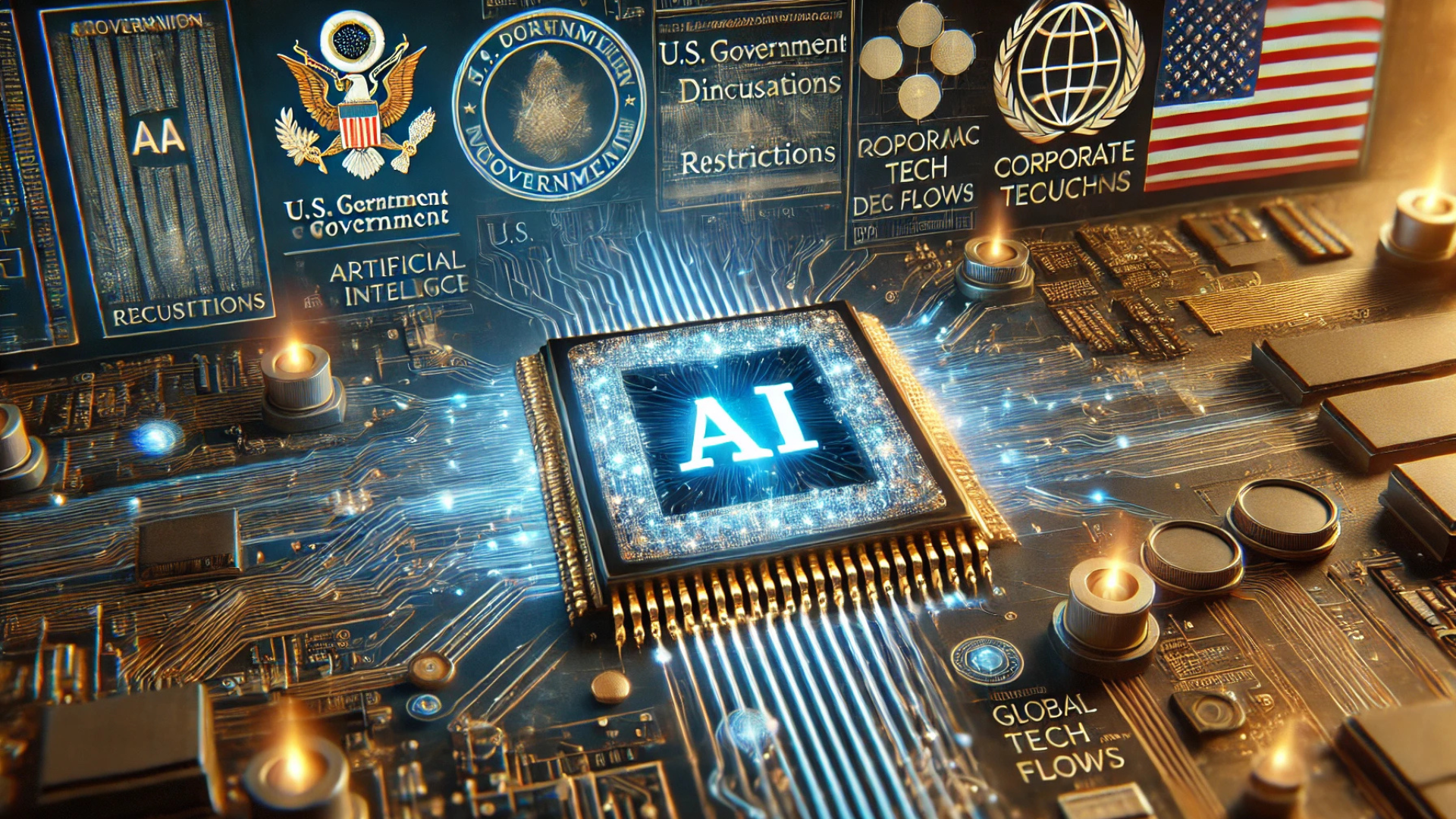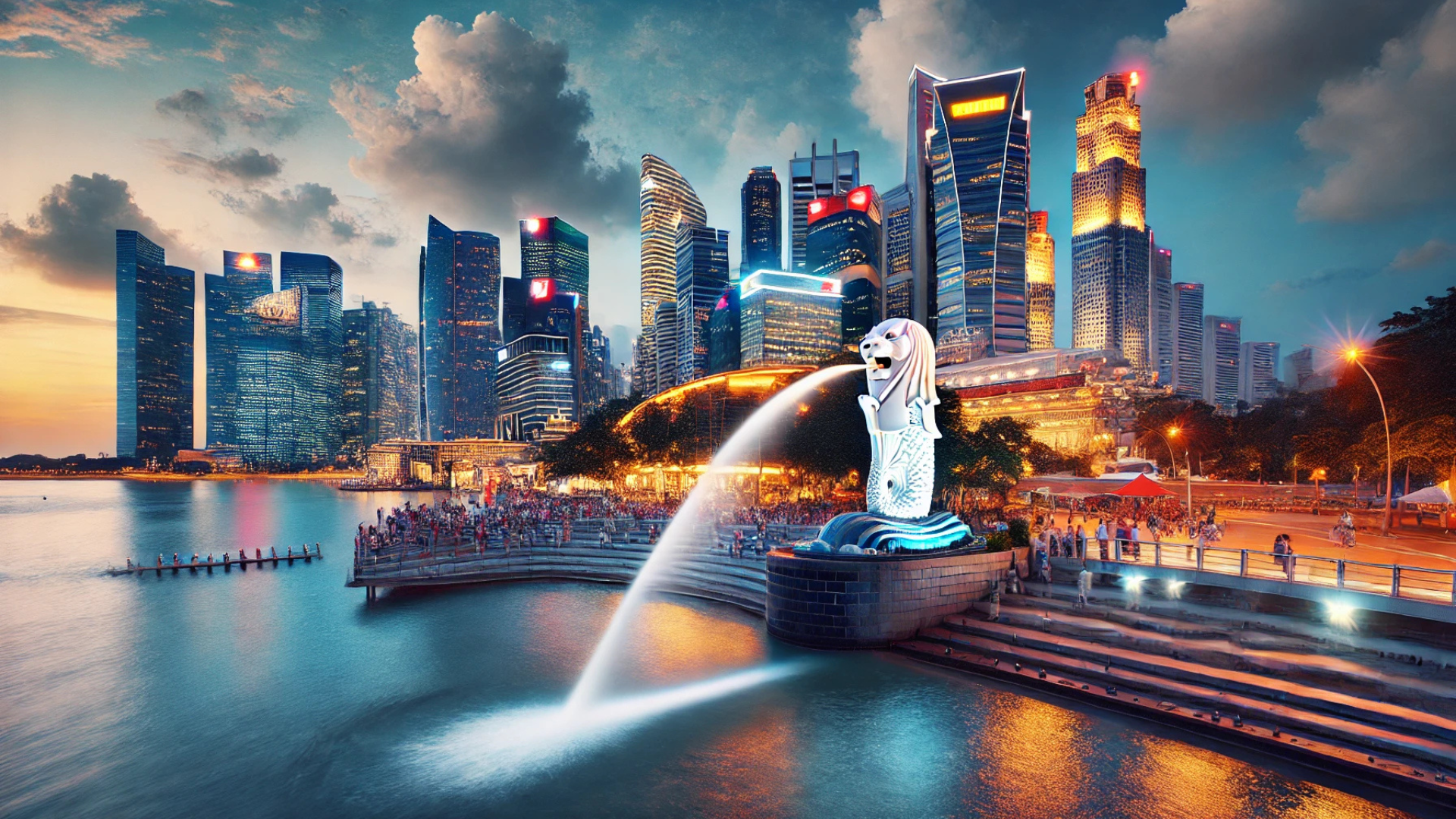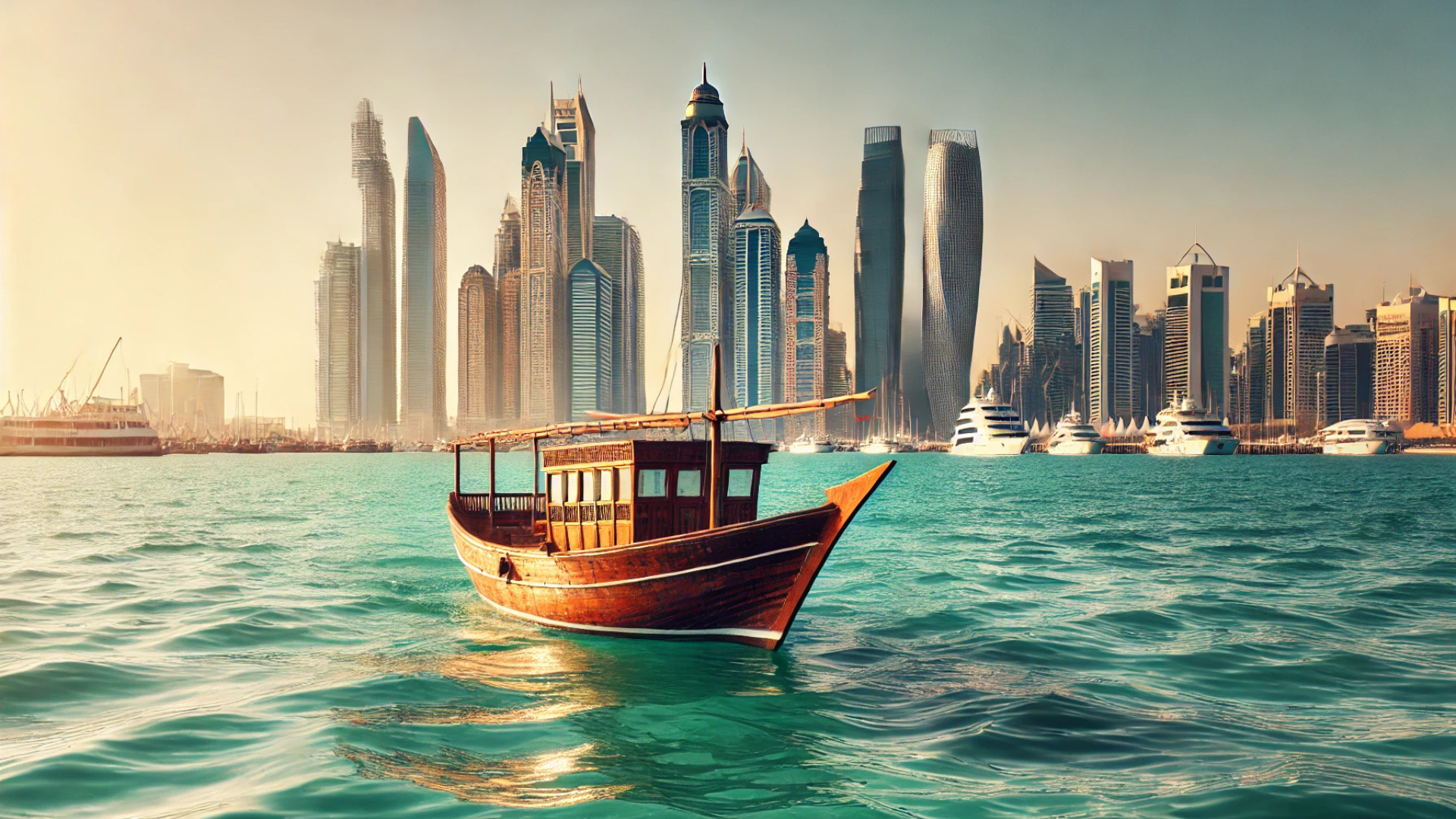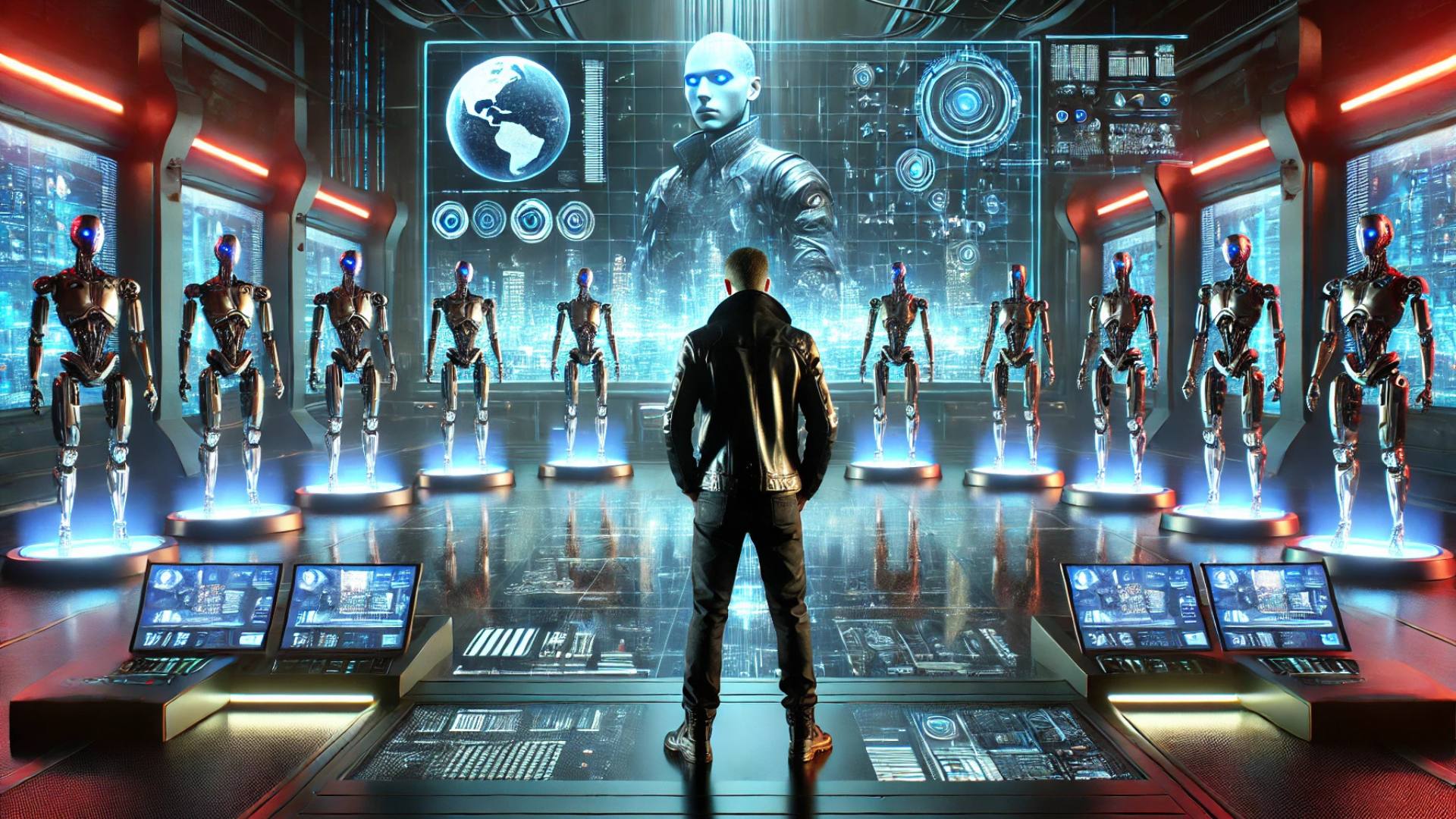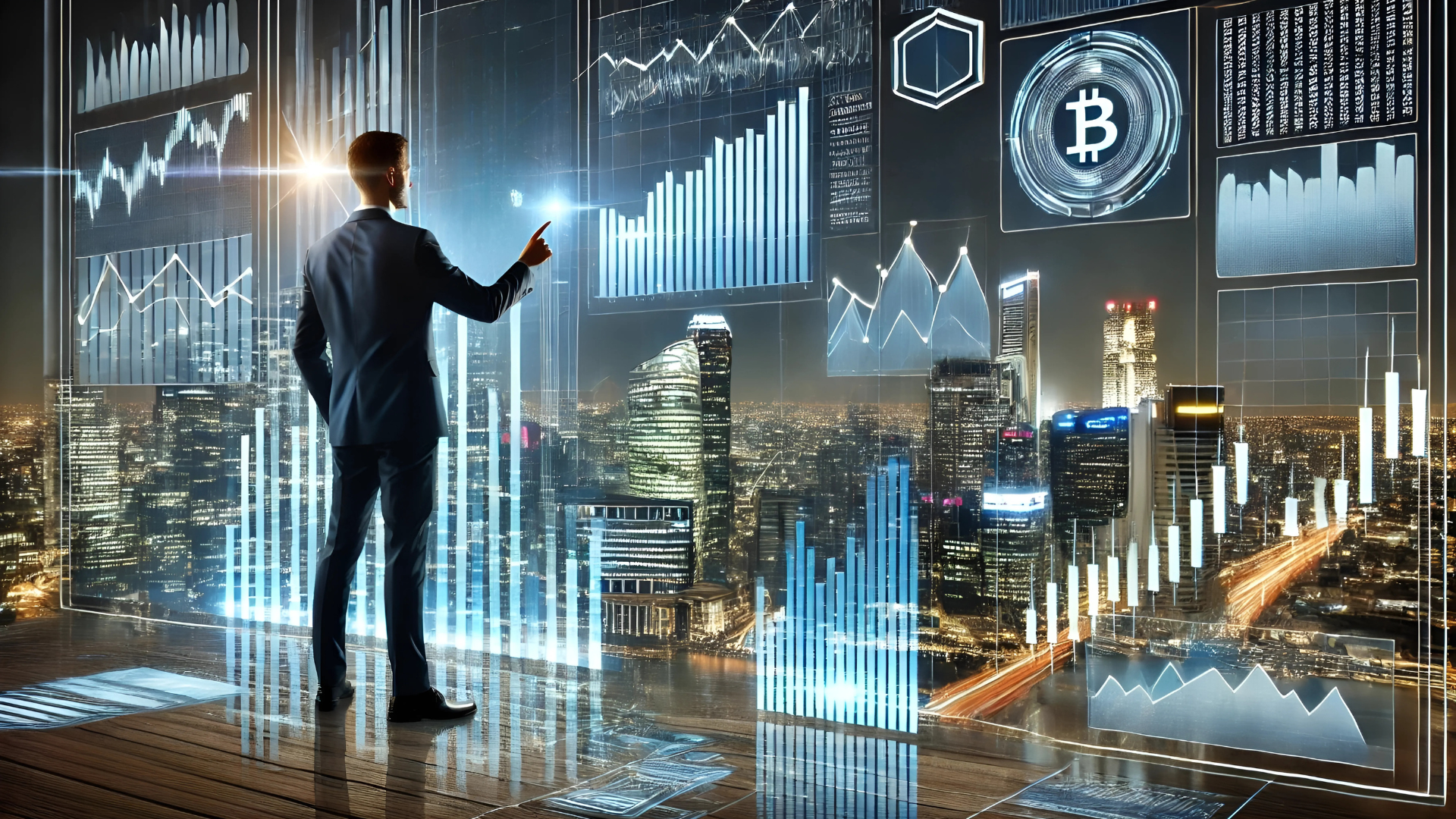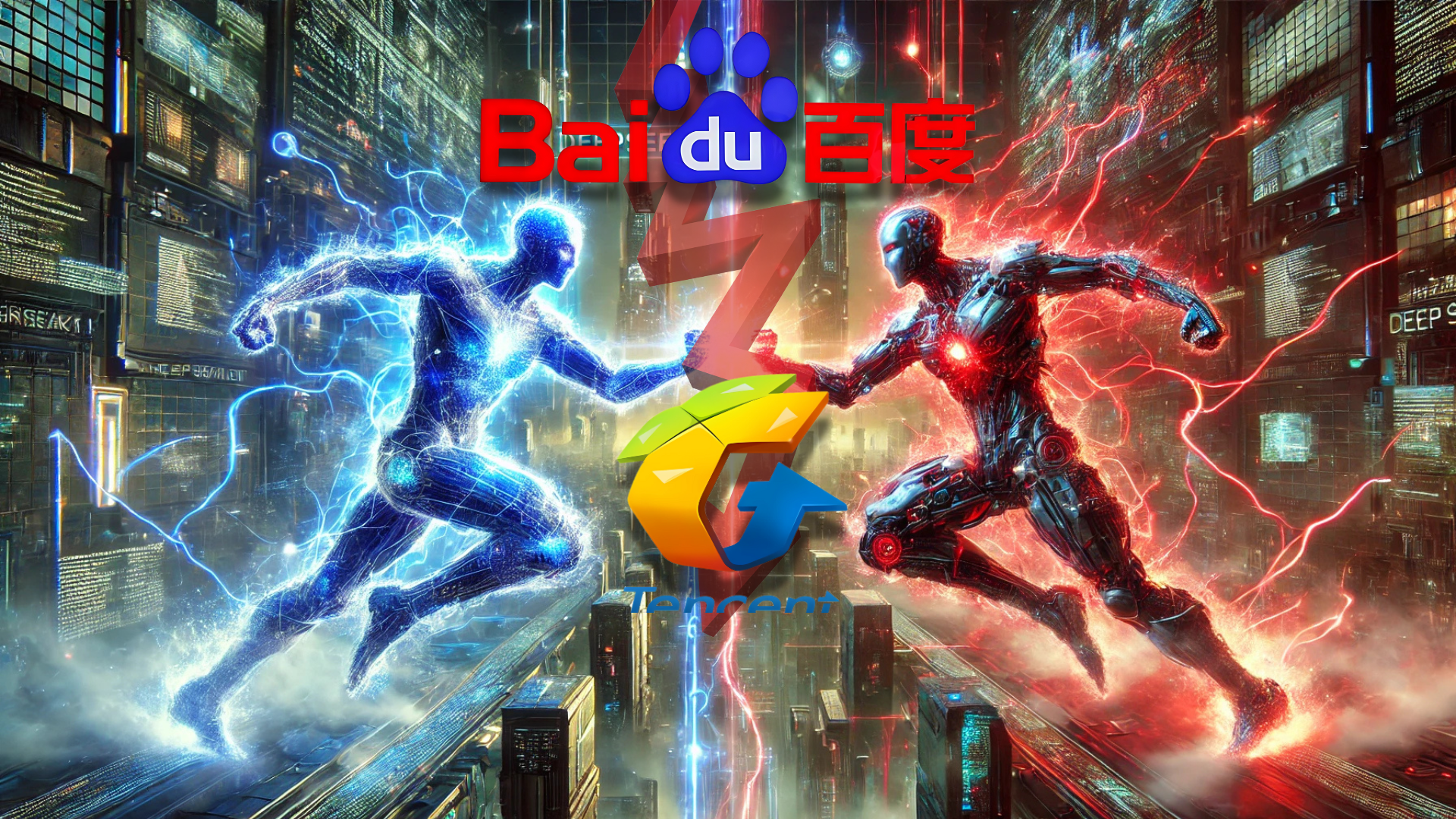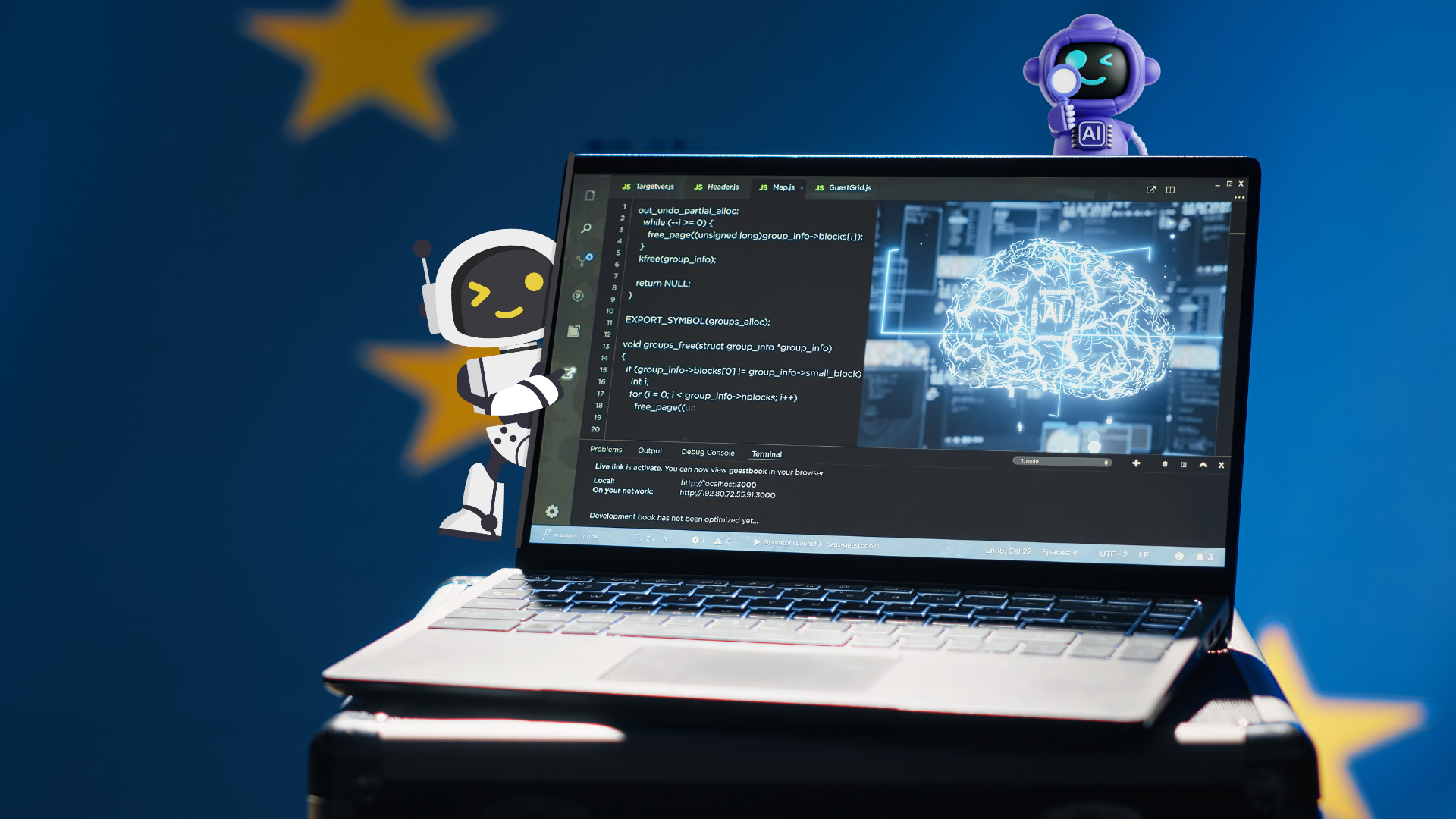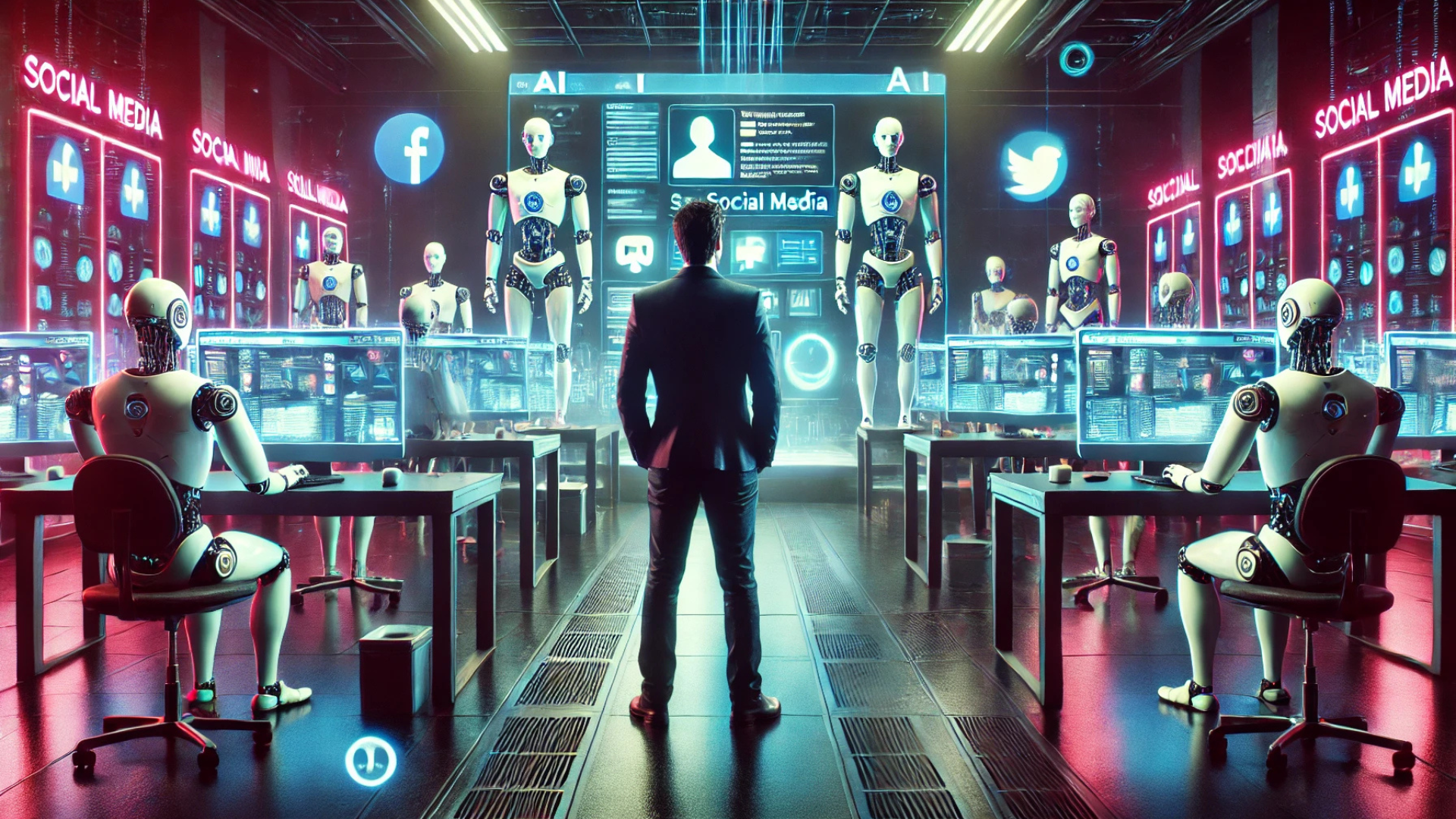
OpenAI’s latest image generation tool, launched under the GPT-4o model on March 25, has sent shockwaves through the creative and tech worlds—not for its capabilities alone, but for the ethical and artistic questions it raises.
Dubbed “4o Image Generation,” the new feature enables users to create visually stunning, emotionally evocative scenes using only a text prompt. What captured the internet’s attention most, however, was the AI’s uncanny ability to mimic the iconic animation style of Studio Ghibli, the legendary Japanese studio behind Spirited Away, Princess Mononoke, and My Neighbor Totoro.
Almost instantly, social media flooded with AI-generated portraits and landscapes that bore all the hallmarks of Ghibli’s signature aesthetic: hand-drawn charm, ethereal lighting, and emotional subtlety. Some users were thrilled. Others—especially working artists—were outraged.
Inspiration or Imitation?
The heart of the controversy lies in a delicate but crucial distinction: Is OpenAI’s tool celebrating Ghibli’s style or simply copying it?
Critics argue the latter. Professional illustrators and fans alike accused OpenAI of “plagiarizing” Studio Ghibli’s legacy—monetizing a visual language painstakingly crafted over decades without consent, attribution, or compensation.
“This is probably the largest identity theft in the entire history of art,” said AI researcher Andriy Burkov, who voiced concern that OpenAI’s model may have been trained on Ghibli frames, despite no official licensing deal.
Others echoed that sentiment with blunt language: “It’s a plagiarism program.” One user on X asked, “Would you like it if I stole your designs and never paid you a royalty?”
Illustrator Karla Ortiz, currently involved in a lawsuit against several AI companies for training on copyrighted material, called the tool another form of artistic exploitation. Her voice joins a growing chorus of creatives demanding transparency, consent, and compensation in the age of machine learning.
A Viral Moment, A Melting Server
OpenAI CEO Sam Altman leaned into the trend, even updating his profile picture to a Ghibli-style portrait of himself and inviting the internet to generate more versions. While playful in tone, the move further fueled concerns that OpenAI was trivializing serious intellectual property concerns.
As demand for the tool surged, OpenAI’s GPU infrastructure reportedly began “melting,” forcing the company to introduce usage caps and temporarily limit image generation for free-tier users.
But the controversy shows no sign of cooling.
When the Law Falls Behind
The debate also exposes a legal blind spot. Despite the clear artistic influence, Studio Ghibli may have little legal recourse. In Japan—where Ghibli is based—current law allows AI models to train on copyrighted works without permission.
That loophole, unique among major economies, means OpenAI could theoretically use Ghibli frames as training data without violating local laws. It’s a stark example of how international copyright frameworks lag behind the pace of AI development.
While U.S.-based lawsuits, like the one recently allowed to proceed between The New York Times and OpenAI, are beginning to explore the boundaries of fair use and data scraping, visual media remains even more legally nebulous. Trademarks can protect logos or characters like Totoro—but there’s no legal mechanism to defend “style” itself.
That leaves studios like Ghibli vulnerable to AI models that can reproduce their creative essence without violating any specific statute.
The Bigger Picture: A Question of Human Creativity
The conversation goes far beyond Ghibli. As AI-generated art continues to evolve, so does the tension between authenticity and automation. Can a machine replicate the soul of an artist? Should it try? And what happens when the replication becomes so precise that the audience can no longer tell the difference?
Studio co-founder Hayao Miyazaki once addressed this exact concern, calling AI-generated animation “an insult to life itself.” His critique now feels eerily prescient.
OpenAI says it has implemented safeguards to prevent copying the styles of living artists. But those safeguards apparently don’t extend to studios or deceased creators—leaving wide gaps in ethical responsibility.
With future AI models poised to compose music, edit films, and mimic entire creative aesthetics, the industry stands at a crossroads.


























































































































































































































































































































































































































































































































































































































































































































































































































































































